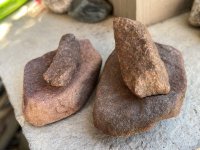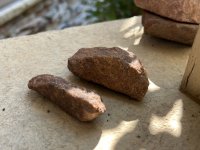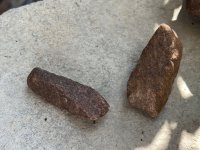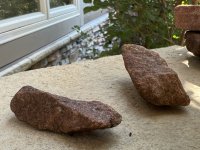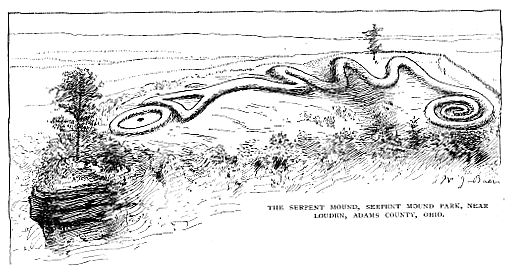Where we live the glaciers left their Till. Lots of that pretty Sioux Quartzite was
included. Lots!
Many of the quartzite tools look to have been pecked/peened into what they became.
Do these tools look pecked to you?
When was pecking /peening done? It seems that pressure flaking would be easier and faster, but I really do not know!
If someone asked me when were tools like that (quartzite tools in pics) made. What would I say to them?
Was there a period of time when pecking was the go-to method for hard rock tools.
Thanks!
vfm
included. Lots!
Many of the quartzite tools look to have been pecked/peened into what they became.
Do these tools look pecked to you?
When was pecking /peening done? It seems that pressure flaking would be easier and faster, but I really do not know!
If someone asked me when were tools like that (quartzite tools in pics) made. What would I say to them?
Was there a period of time when pecking was the go-to method for hard rock tools.
Thanks!
vfm
Amazon Forum Fav 👍
Attachments
Upvote
0


